
We are still trying to get hold of a Canon C500 Mark II for review, but so far we are having no luck. In the meantime, I sat down with Andy Taylor ACS who got to road test a C500 Mark II well before it’s release. He is also a C500 Mark II owner.
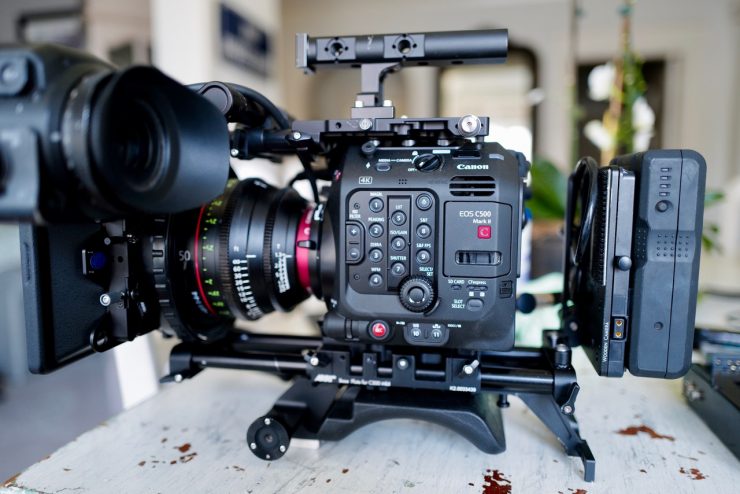
Andy owns a C700 FF, C300 Mark II, as well as a C200, so I wanted to ask him about his impressions of the C500 Mark II and where he thinks it fits in Canon’s Cinema EOS line up.
What was your original reaction to Canon’s C500 Mark II announcement?
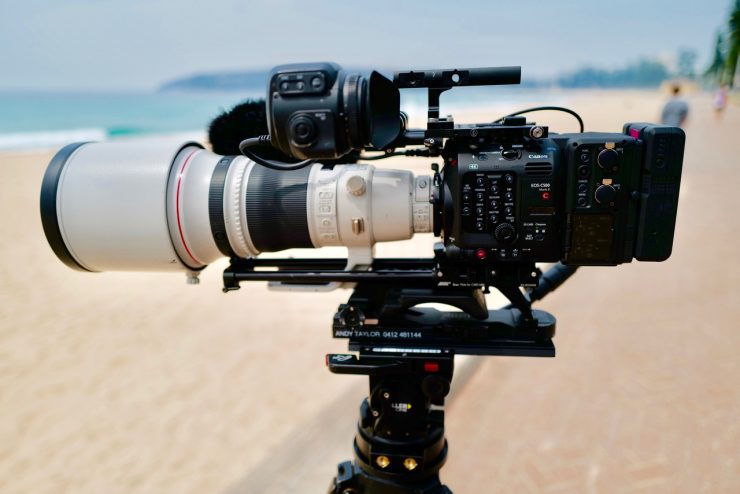
The Canon C500 Mark II is very exciting, the moment I heard about the new camera I ordered one! I’ve owned the C700FF for 3 years now and I love it, so this smaller, lighter, cheaper camera with more features – including a stabilized full-frame sensor and RAW light ticked every box for me.
As a C700 FF owner, were you worried that the C500 Mark II will now devalue your investment?
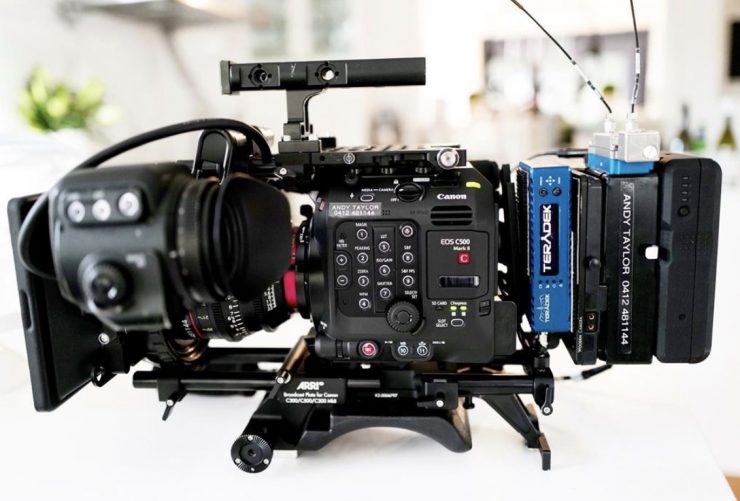
I think it has definitely devalued my C700FF, however, it’s still a perfectly good full-frame 4K camera. The images match really well, so I’m happy to either keep it as a 2nd camera or perhaps sell it and go with the new 1Dx Mark III as my B-camera. Technology becomes redundant so quickly these days, so you have to factor that in when purchasing gear. Lenses and tripods seem to be the only worthwhile investment.
The C500 Mark II is almost a blend of the C200 and the C700 FF. Do you think that is true?
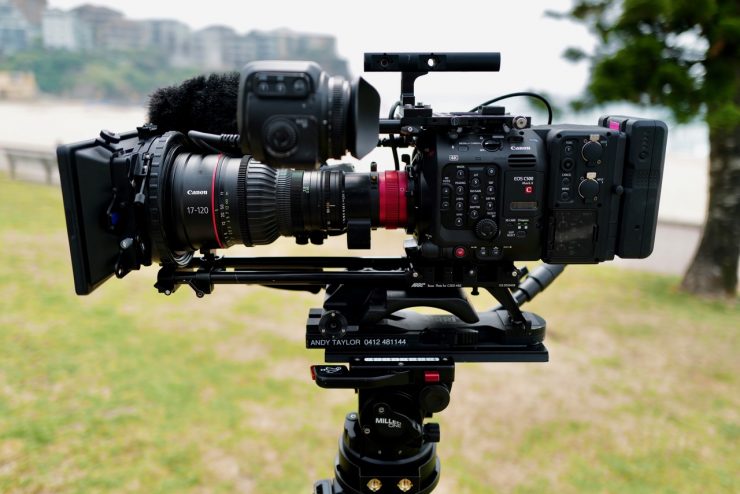
Yes, that is fairly accurate, the C500 Mark II is very similar to the C700FF but in a small body only 10mm longer than the C200. I Have a C200 which is really compact and versatile, which makes it great for corporates and broadcast shoots. I mainly use it with my 17-120mm cine servo-zoom lens and second EVF-V70 viewfinder. However, it is only 8-bit and has no timecode, so not ideal as a B-camera to the C700FF or C500 Mark II.
What was your first impression of the camera?
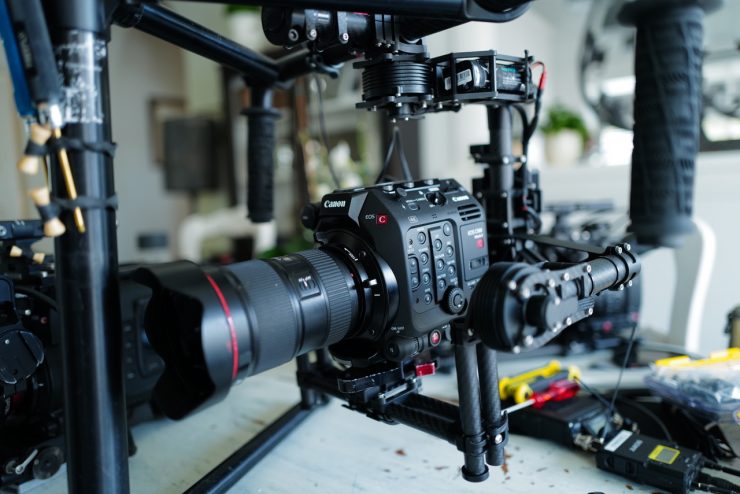
I love that it is compact and reasonably lightweight, and the modular design is fantastic. It is very good value for money considering it is true 4K and has a full-frame sensor. Compared to my C700FF the most impressive feature is the five-axis image stabilization, it is amazing! I’ve been testing it with the 50mm cine-prime and hooting handheld is rock steady. It really does look like it was shot on a tripod.
How was the camera to use?
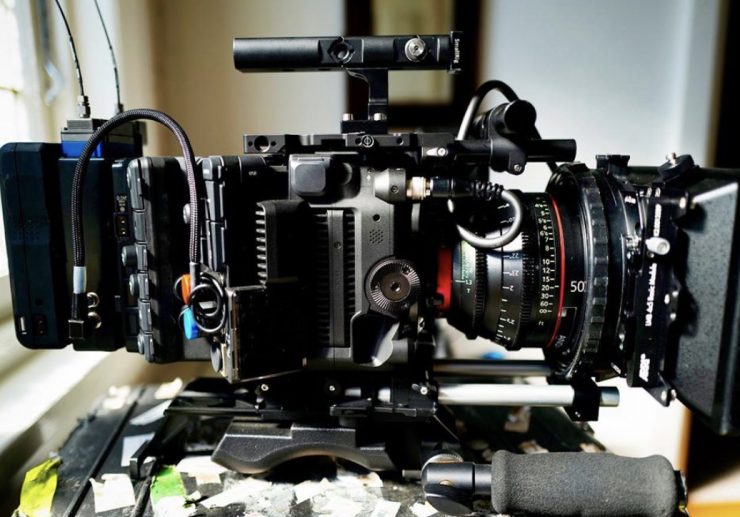
I find it super easy to use. The menus are straight forward and the buttons, dial, and switches are conveniently located. The ergonomics and balance of the camera are great for handheld work. I normally shoot with Canon cine-primes and the EVF-V70 viewfinder. I have ARRI PCA accessories and a Wooden Camera v-lock adaptor to power the camera and my audio link.
What do you see as the camera’s strengths?
- The full-frame stabilised sensor is brilliant!
- The modular design is a real winner.
- It shoots RAW light internally (which I doubt I will use very often).
- I usually shoot 4K in Clog3 and the image quality is always amazing.
- I think the size and weight are perfect and the price is reasonable.
- It is amazing in low light, even at 5000 ISO.
- The camera powers on really quickly (4 sec) and the cards are very quick to format (compared to the C700).
- I love that a 512GB CFexpress card will record 7 hours of HD or almost 3 hours of 4K material.
- The power consumption is much better than my C700FF, with a BP-A60 battery giving you 135min of record time.
- Changing the lens mount is easy and quick (I purchased the EF locking mount).
- The 10 stops of extended ND is really useful.
- The pre-record function is new and will be handy.
- Adjusting the iris is easy when using L-series lenses with the dial positioned in a more convenient position.
- Like all Cinema EOS cameras, the dual pixel CMOS autofocus, face, and object detect is incredible.
- Of course the Canon color science and great customer service too!
What are its weaknesses?
- The optional EVF-V70 viewfinder is expensive, but worth every cent (I have 2 of them), however, the protective glass filter scratches very easily.
- The LCD screen is awesome but has no hood, so it is difficult to use outdoors.
- I would have liked 120fps in 4K (it does this in HD in S16 crop) – but you can’t have everything!!!
- The V-lock adaptor (expansion unit) is large and doesn’t do much for me, apart from power the camera, so I use a third party adaptor.
- There are no proxy recordings on the SD card anymore, unless you are shooting RAW light.
- I would have liked a small audio monitor (speaker) to check that the sound is working.
What impressed you the most about the C500 Mark II?
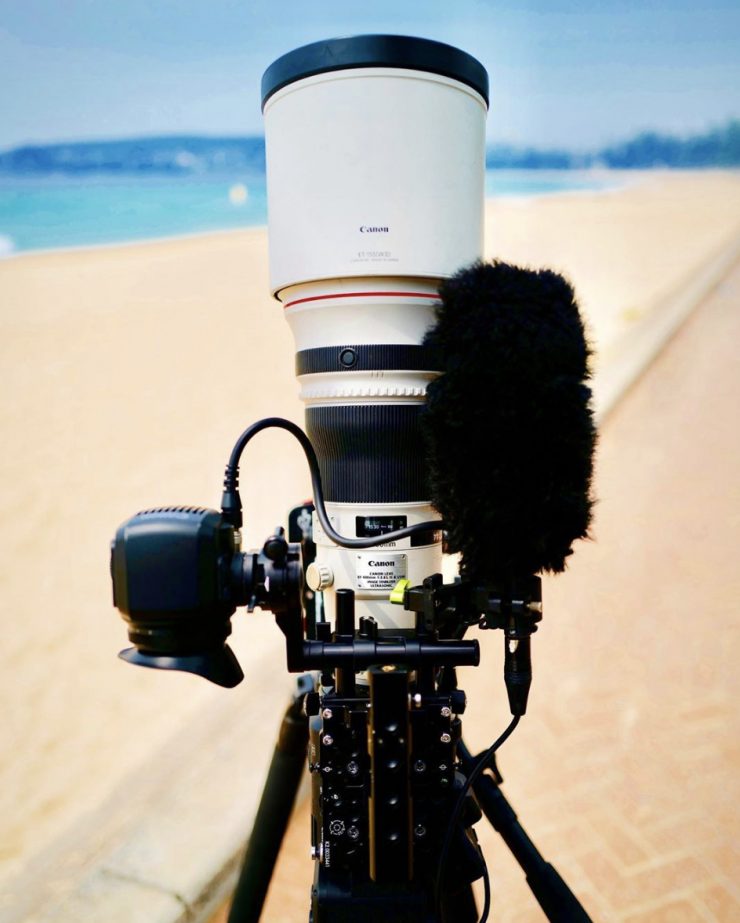
The whole thing is impressive! It’s a compact unit packed with features and very good value for money if you ask me.
Are you happy with the form factor of the camera?
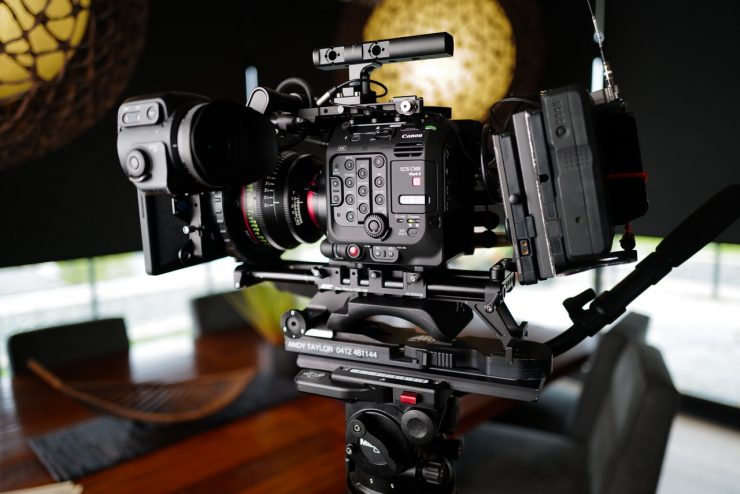
I’m super happy with the way I have mine configured for hand-held work, it is comfortable and easy to operate.
Is there anything you think Canon could have done better when it comes to form factor or functionality?
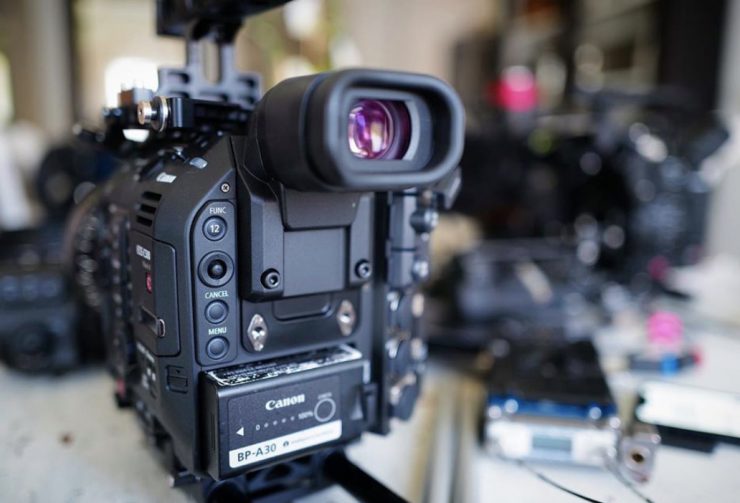
I think an adaptor that would allow you to mount the small EVF-V50 (rear v/f) on the side of the camera instead would have been nice.
Also, perhaps a 2nd Video output connector, so you could use the EVF and LCD screen at the same time. I would have also liked a protective cover for the LCD screen.
What do you think of the image quality when comparing it against the C200 and C700 FF?
I’ve done a few shoots with both the C700FF and C500 Mark II. The images from both in 4K Clog3 are the same to me, however, the stabilized sensor is a real improvement. The full-frame sensor is so impressive compared to the S35 sensor on the C200, there is no comparison.
Who do you see using the C500 Mark II?
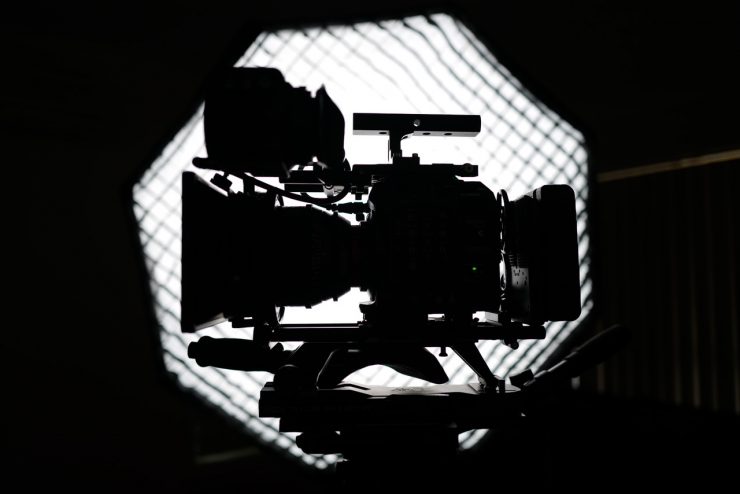
The C500 Mark II would be a massive step for anyone using any camera with a Super 35 sensor, especially if they already have EF or PL glass.
This camera could shoot anything from feature films and documentaries for Netflix to TV News using an ENG lens with the optional B4 to EF adaptor.
As a C200 and C700 FF owner, will you replace either of those cameras with a C500 Mark II?
I recently sold my C300 Mark II to buy the C500 Mark II and I’m now trying to decide whether to sell the C700FF and/or C200, as I don’t need all three.
Ideally, I would replace both with a 1D-X mark III as they both shoot full-frame (5.9K on C500 II & 5.5K on the 1D-X III) and use the same CFexpress cards.
All images copyright of Andy Taylor ACS. Do not re-use or republish without written consent. Andy is a Canon Ambassador, but these are his own views and thoughts.
Like what we do and want to support Newsshooter? Consider becoming a Patreon supporter and help us to continue being the best source of news and reviews for professional tools for the independent filmmaker.





